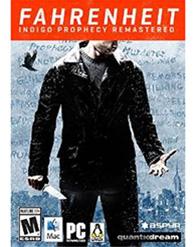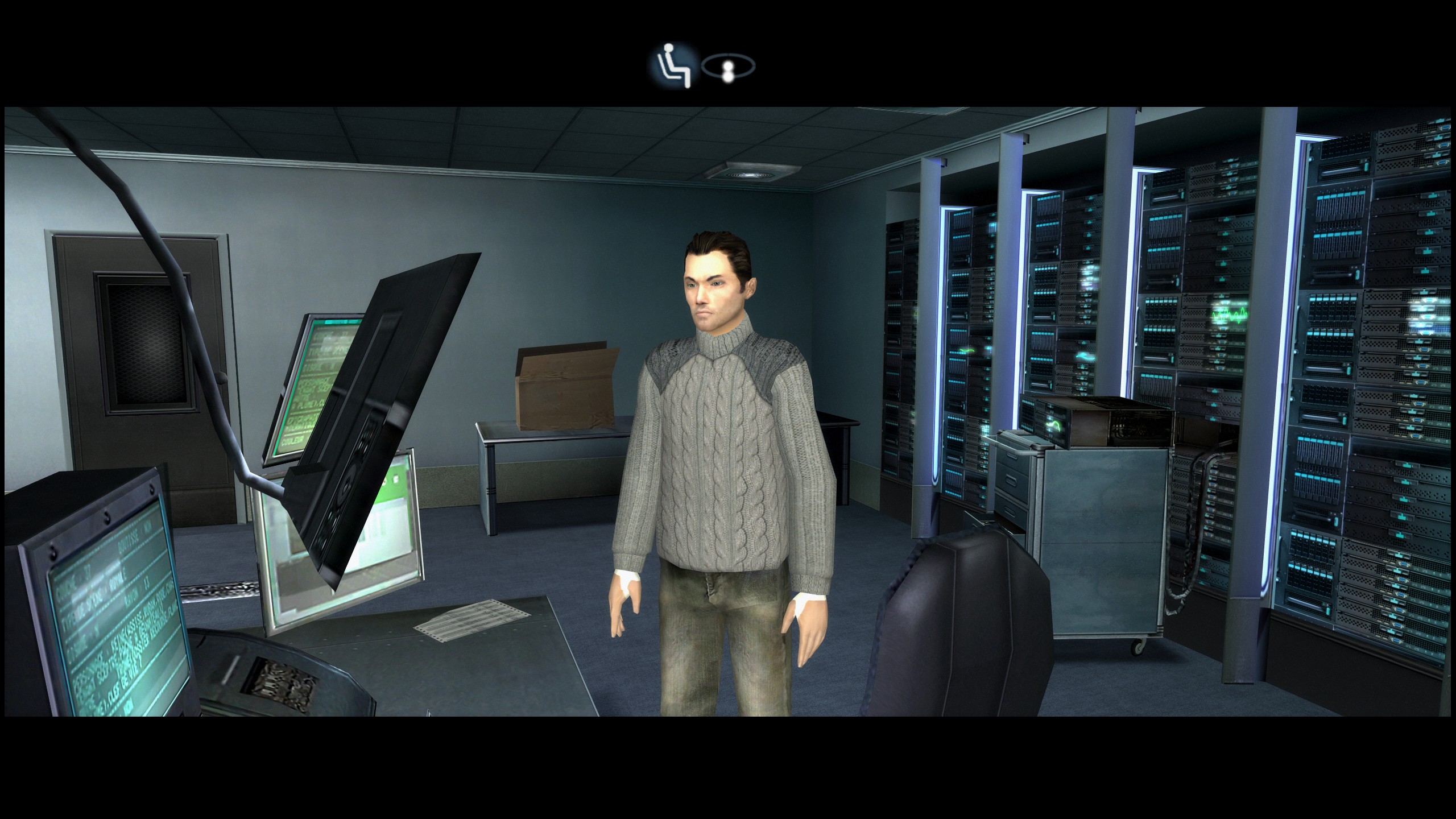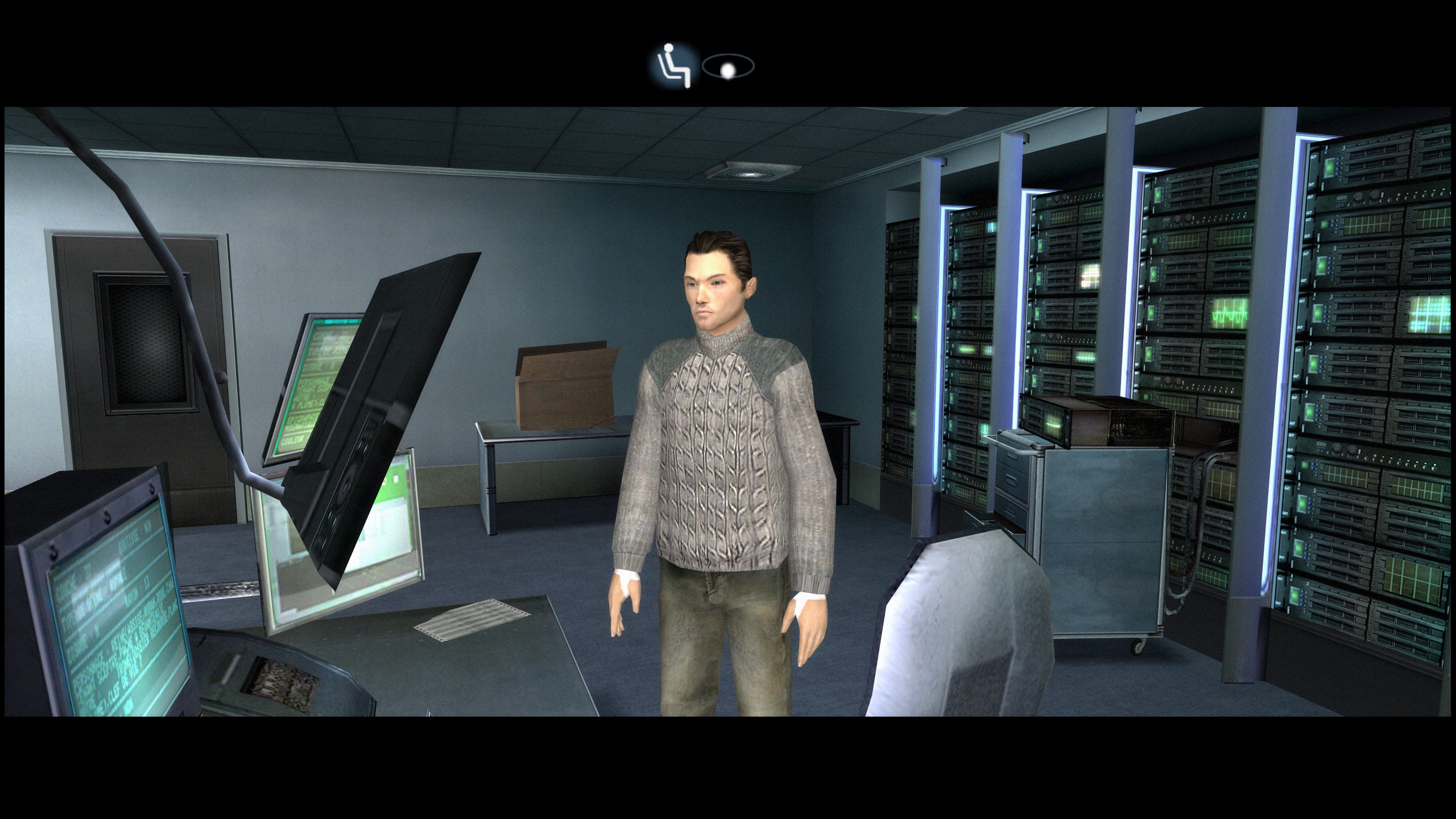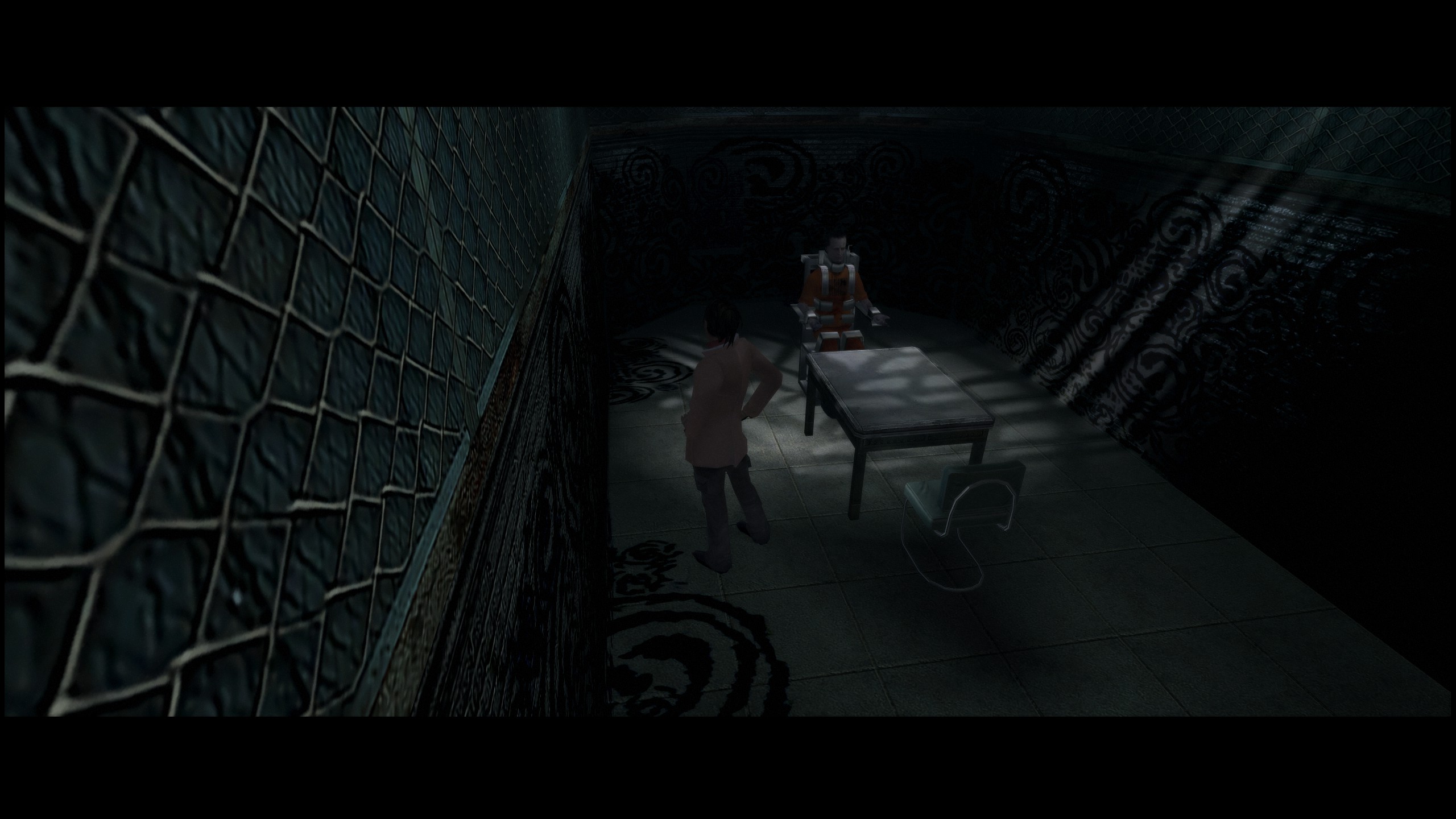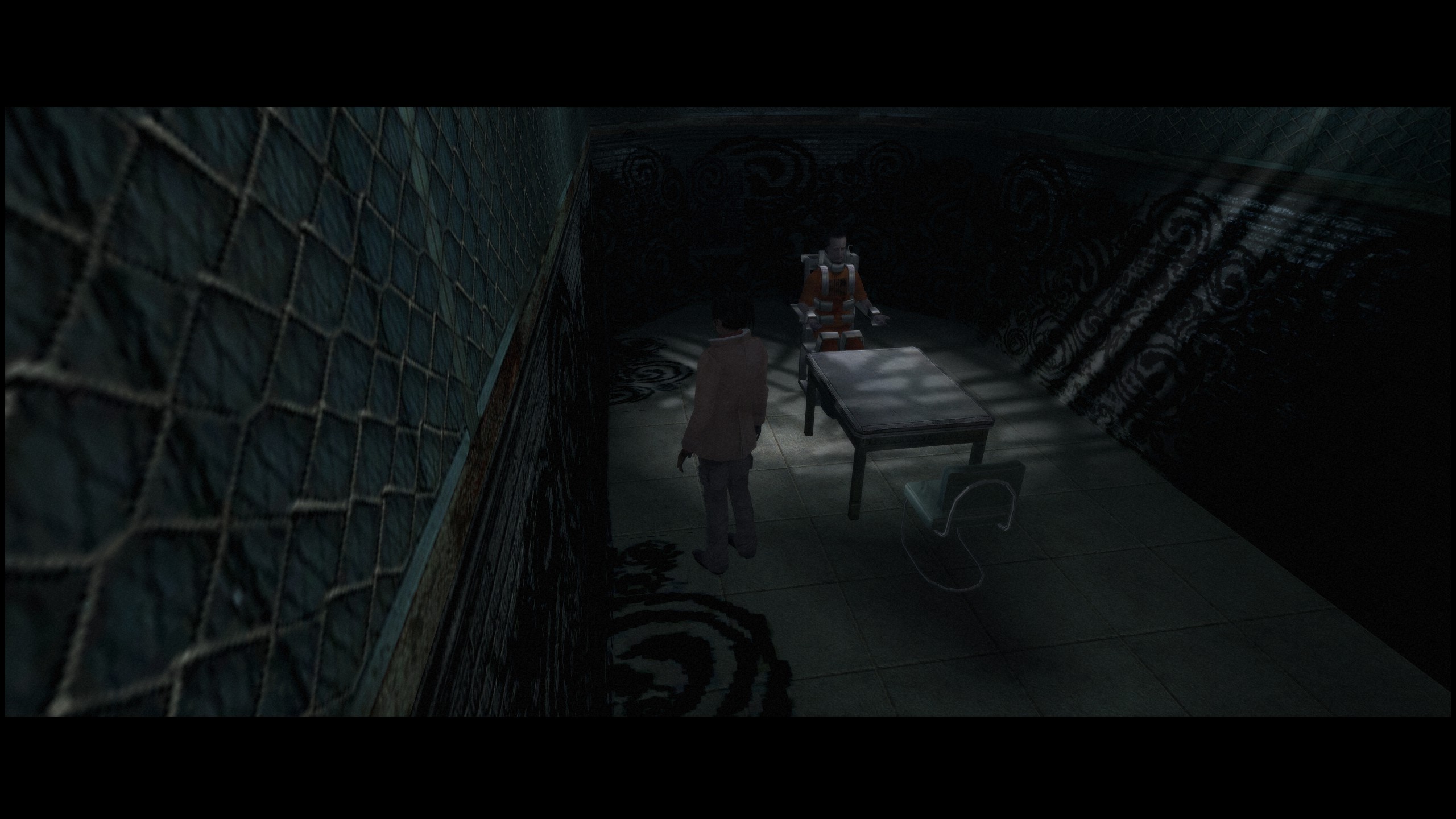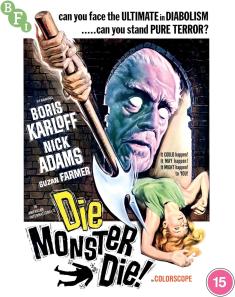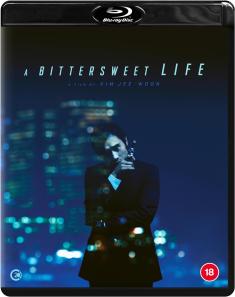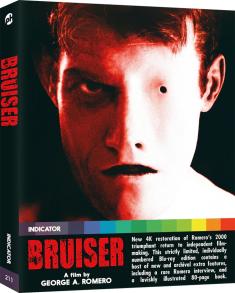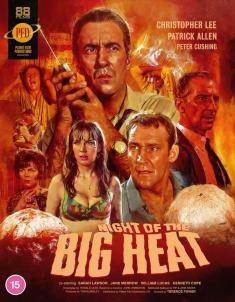Fahrenheit: Indigo Prophecy Remastered
Overview -
Back in 2005, a story-driven multiplatform game from Quantic Dream was released. Known as 'Indigo Prophecy' in North America and 'Fahrenheit' everywhere else, the game was brew of high production values, mo-cap, adventure game mechanics, quick-time events, and a lot more credited to the direction of the ever polarizing David Cage.
Flash forward to 2015 and the game returns courtesy of Aspyr Media under the name 'Fahrenheit: Indigo Prophecy Remastered.' This new version is based off of the international uncut version, and promises both HD textures and full controller support among its updates.
Video Review
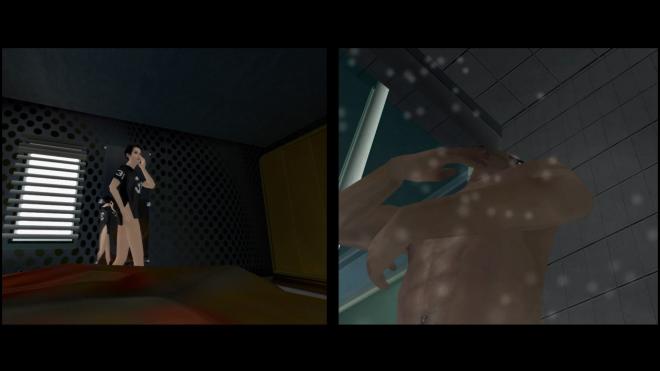
In 2005, this was cutting edge stuff. The heavy use of mo-cap and impressive choreography, combined with that gritty, (mostly) grounded world is something to really take in in 2005. In 2015, however, it's almost quaint, and the update is very slight. Apart from making the game run in higher resolutions, in widescreen, and behave (somewhat) better with dual monitors, the visual update is very restrained. The menus and text have been cleaned up, but when it comes the characters and environments, very few textures appear to have been touched.
Remaster:
Original:
Remaster:
Original:
Remaster:
Original:
This is easy to check since the game lets the user switch on the fly by hitting F9. In some cases, a very chunky looking texture has been switched out for the better, but there are lots of ugly PS2 era textures still to be found. Shadows do seem better. The original version has a noise overlay (film grain) that suits the game, but has been taken out in the remaster. I suspect that once the texture work was begun, the Aspyr team found that game's geometry was built with low-res textures in mind, and trying to drop in a new texture was like pulling on a thread.
Audio Review

The audio appears to be a straight port, which is fine since its original high production value holds up. The original music does a nice job a setting the mood, but several of the pop songs used in the game had me turning off the various in-game stereo systems. The voice acting is good, but can get very wooden when the writing stumbles. This is especially true early in the story when Lucas repeatedly attempts to explain his situation to his brother. Once the story nosedives, the voice acting does little to save it.
Final Thoughts

'Fahrenheit: Indigo Prophecy Remastered' does exactly what users should expect from a remaster, it shines a light on all of the original game's strengths, which are worth noticing. Likewise, the majority of the original game's failings are back in full force in this restrained remaster. Longtime fans will find a technical and content upgrade worth the purchase price, while new players now have the definitive version to try.
